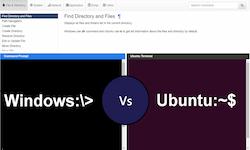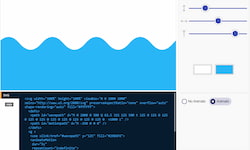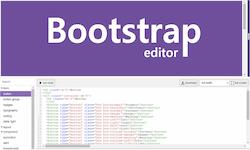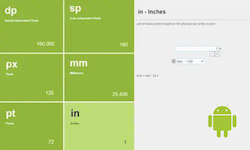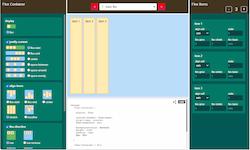Code for Email
<a href="mailto:user@testmail.com?subject=Hi%20%3A)&body=Nice%20to%20meet%20you.">Send Mail</a>Email link can create by using the HTML anchor tag <a> and set mailto: on href attribute that opens an email window. Change the values of the attribute for your custom email link.
The following code creates an email link - when users click on the link, browser open the default email client application
The following code creates an email link - when users click on the link, browser open the default email client application

